Paul Garnier
Curriculum Learning for Mesh-based simulations
Sep 16, 2025Abstract:Graph neural networks (GNNs) have emerged as powerful surrogates for mesh-based computational fluid dynamics (CFD), but training them on high-resolution unstructured meshes with hundreds of thousands of nodes remains prohibitively expensive. We study a \emph{coarse-to-fine curriculum} that accelerates convergence by first training on very coarse meshes and then progressively introducing medium and high resolutions (up to \(3\times10^5\) nodes). Unlike multiscale GNN architectures, the model itself is unchanged; only the fidelity of the training data varies over time. We achieve comparable generalization accuracy while reducing total wall-clock time by up to 50\%. Furthermore, on datasets where our model lacks the capacity to learn the underlying physics, using curriculum learning enables it to break through plateaus.
Automated discovery of finite volume schemes using Graph Neural Networks
Aug 26, 2025Abstract:Graph Neural Networks (GNNs) have deeply modified the landscape of numerical simulations by demonstrating strong capabilities in approximating solutions of physical systems. However, their ability to extrapolate beyond their training domain (\textit{e.g.} larger or structurally different graphs) remains uncertain. In this work, we establish that GNNs can serve purposes beyond their traditional role, and be exploited to generate numerical schemes, in conjunction with symbolic regression. First, we show numerically and theoretically that a GNN trained on a dataset consisting solely of two-node graphs can extrapolate a first-order Finite Volume (FV) scheme for the heat equation on out-of-distribution, unstructured meshes. Specifically, if a GNN achieves a loss $\varepsilon$ on such a dataset, it implements the FV scheme with an error of $\mathcal{O}(\varepsilon)$. Using symbolic regression, we show that the network effectively rediscovers the exact analytical formulation of the standard first-order FV scheme. We then extend this approach to an unsupervised context: the GNN recovers the first-order FV scheme using only a residual loss similar to Physics-Informed Neural Networks (PINNs) with no access to ground-truth data. Finally, we push the methodology further by considering higher-order schemes: we train (i) a 2-hop and (ii) a 2-layers GNN using the same PINN loss, that autonomously discover (i) a second-order correction term to the initial scheme using a 2-hop stencil, and (ii) the classic second-order midpoint scheme. These findings follows a recent paradigm in scientific computing: GNNs are not only strong approximators, but can be active contributors to the development of novel numerical methods.
Training Transformers for Mesh-Based Simulations
Aug 25, 2025Abstract:Simulating physics using Graph Neural Networks (GNNs) is predominantly driven by message-passing architectures, which face challenges in scaling and efficiency, particularly in handling large, complex meshes. These architectures have inspired numerous enhancements, including multigrid approaches and $K$-hop aggregation (using neighbours of distance $K$), yet they often introduce significant complexity and suffer from limited in-depth investigations. In response to these challenges, we propose a novel Graph Transformer architecture that leverages the adjacency matrix as an attention mask. The proposed approach incorporates innovative augmentations, including Dilated Sliding Windows and Global Attention, to extend receptive fields without sacrificing computational efficiency. Through extensive experimentation, we evaluate model size, adjacency matrix augmentations, positional encoding and $K$-hop configurations using challenging 3D computational fluid dynamics (CFD) datasets. We also train over 60 models to find a scaling law between training FLOPs and parameters. The introduced models demonstrate remarkable scalability, performing on meshes with up to 300k nodes and 3 million edges. Notably, the smallest model achieves parity with MeshGraphNet while being $7\times$ faster and $6\times$ smaller. The largest model surpasses the previous state-of-the-art by $38.8$\% on average and outperforms MeshGraphNet by $52$\% on the all-rollout RMSE, while having a similar training speed. Code and datasets are available at https://github.com/DonsetPG/graph-physics.
Dragonfly: a modular deep reinforcement learning library
Apr 30, 2025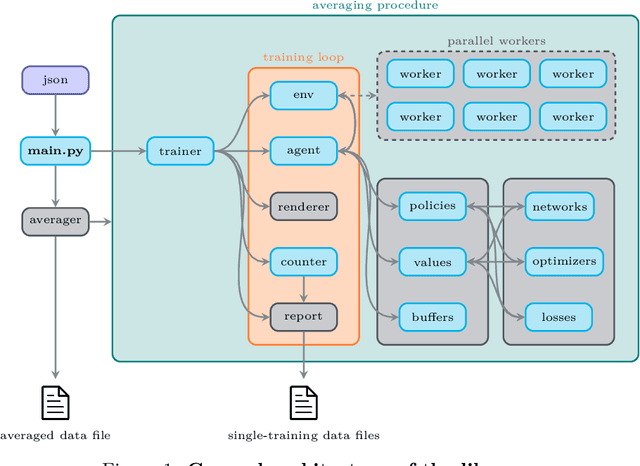
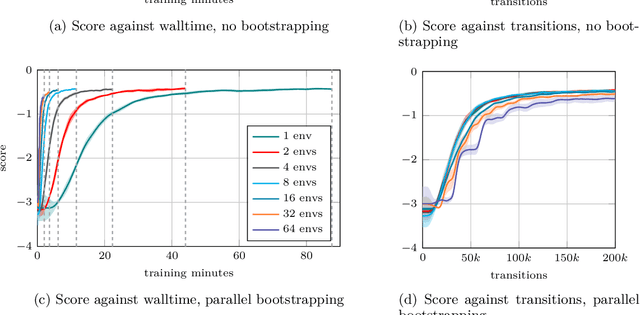
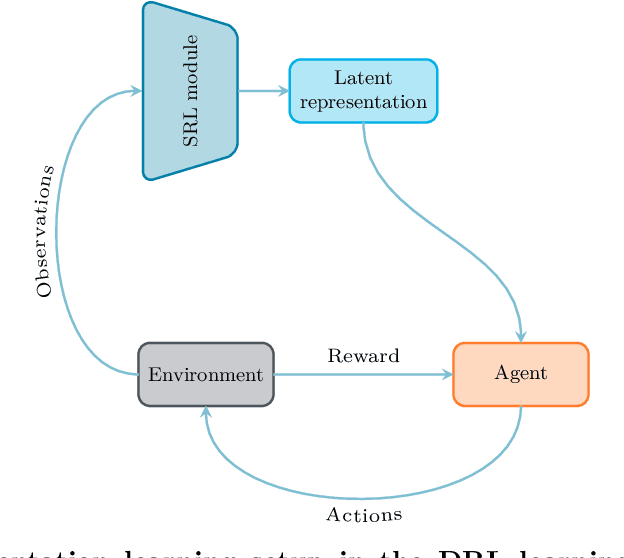
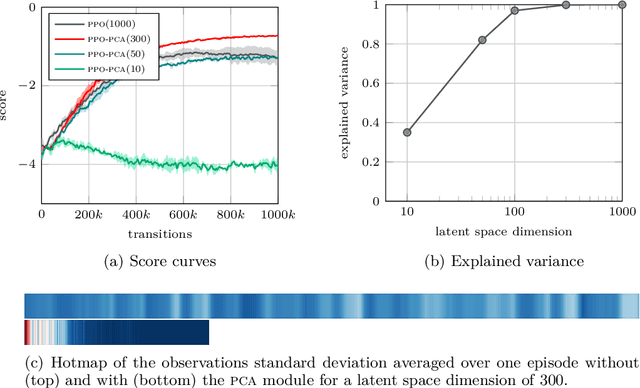
Abstract:Dragonfly is a deep reinforcement learning library focused on modularity, in order to ease experimentation and developments. It relies on a json serialization that allows to swap building blocks and perform parameter sweep, while minimizing code maintenance. Some of its features are specifically designed for CPU-intensive environments, such as numerical simulations. Its performance on standard agents using common benchmarks compares favorably with the literature.
MeshMask: Physics-Based Simulations with Masked Graph Neural Networks
Jan 15, 2025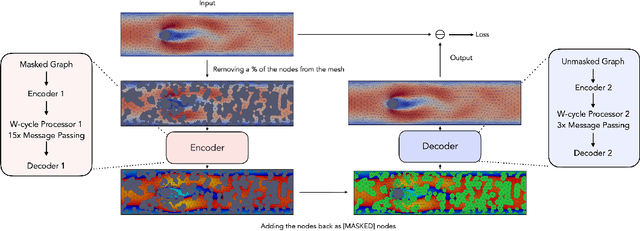
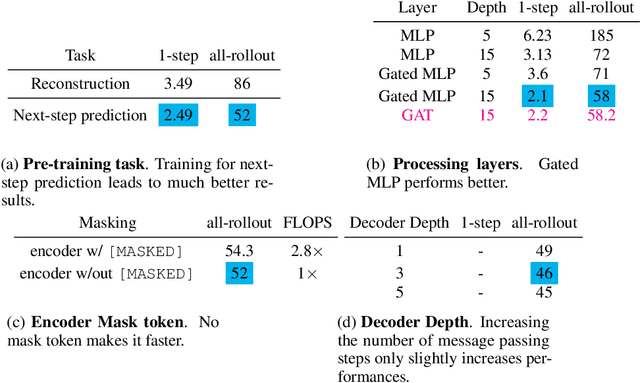
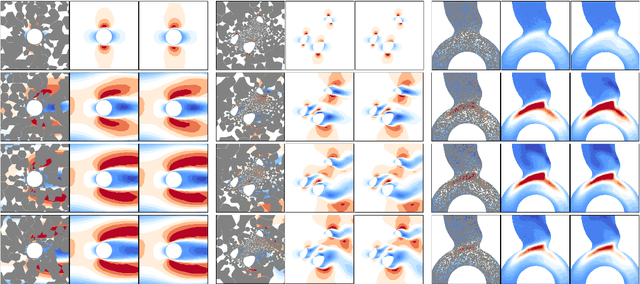
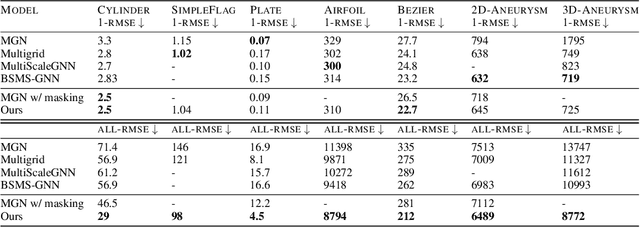
Abstract:We introduce a novel masked pre-training technique for graph neural networks (GNNs) applied to computational fluid dynamics (CFD) problems. By randomly masking up to 40\% of input mesh nodes during pre-training, we force the model to learn robust representations of complex fluid dynamics. We pair this masking strategy with an asymmetric encoder-decoder architecture and gated multi-layer perceptrons to further enhance performance. The proposed method achieves state-of-the-art results on seven CFD datasets, including a new challenging dataset of 3D intracranial aneurysm simulations with over 250,000 nodes per mesh. Moreover, it significantly improves model performance and training efficiency across such diverse range of fluid simulation tasks. We demonstrate improvements of up to 60\% in long-term prediction accuracy compared to previous best models, while maintaining similar computational costs. Notably, our approach enables effective pre-training on multiple datasets simultaneously, significantly reducing the time and data required to achieve high performance on new tasks. Through extensive ablation studies, we provide insights into the optimal masking ratio, architectural choices, and training strategies.
Multi-Grid Graph Neural Networks with Self-Attention for Computational Mechanics
Sep 18, 2024



Abstract:Advancement in finite element methods have become essential in various disciplines, and in particular for Computational Fluid Dynamics (CFD), driving research efforts for improved precision and efficiency. While Convolutional Neural Networks (CNNs) have found success in CFD by mapping meshes into images, recent attention has turned to leveraging Graph Neural Networks (GNNs) for direct mesh processing. This paper introduces a novel model merging Self-Attention with Message Passing in GNNs, achieving a 15\% reduction in RMSE on the well known flow past a cylinder benchmark. Furthermore, a dynamic mesh pruning technique based on Self-Attention is proposed, that leads to a robust GNN-based multigrid approach, also reducing RMSE by 15\%. Additionally, a new self-supervised training method based on BERT is presented, resulting in a 25\% RMSE reduction. The paper includes an ablation study and outperforms state-of-the-art models on several challenging datasets, promising advancements similar to those recently achieved in natural language and image processing. Finally, the paper introduces a dataset with meshes larger than existing ones by at least an order of magnitude. Code and Datasets will be released at https://github.com/DonsetPG/multigrid-gnn.
Semi-Supervised Learning for Bilingual Lexicon Induction
Feb 10, 2024



Abstract:We consider the problem of aligning two sets of continuous word representations, corresponding to languages, to a common space in order to infer a bilingual lexicon. It was recently shown that it is possible to infer such lexicon, without using any parallel data, by aligning word embeddings trained on monolingual data. Such line of work is called unsupervised bilingual induction. By wondering whether it was possible to gain experience in the progressive learning of several languages, we asked ourselves to what extent we could integrate the knowledge of a given set of languages when learning a new one, without having parallel data for the latter. In other words, while keeping the core problem of unsupervised learning in the latest step, we allowed the access to other corpora of idioms, hence the name semi-supervised. This led us to propose a novel formulation, considering the lexicon induction as a ranking problem for which we used recent tools of this machine learning field. Our experiments on standard benchmarks, inferring dictionary from English to more than 20 languages, show that our approach consistently outperforms existing state of the art benchmark. In addition, we deduce from this new scenario several relevant conclusions allowing a better understanding of the alignment phenomenon.
Evaluating Soccer Player: from Live Camera to Deep Reinforcement Learning
Jan 13, 2021



Abstract:Scientifically evaluating soccer players represents a challenging Machine Learning problem. Unfortunately, most existing answers have very opaque algorithm training procedures; relevant data are scarcely accessible and almost impossible to generate. In this paper, we will introduce a two-part solution: an open-source Player Tracking model and a new approach to evaluate these players based solely on Deep Reinforcement Learning, without human data training nor guidance. Our tracking model was trained in a supervised fashion on datasets we will also release, and our Evaluation Model relies only on simulations of virtual soccer games. Combining those two architectures allows one to evaluate Soccer Players directly from a live camera without large datasets constraints. We term our new approach Expected Discounted Goal (EDG), as it represents the number of goals a team can score or concede from a particular state. This approach leads to more meaningful results than the existing ones that are based on real-world data, and could easily be extended to other sports.
A review on Deep Reinforcement Learning for Fluid Mechanics
Aug 12, 2019
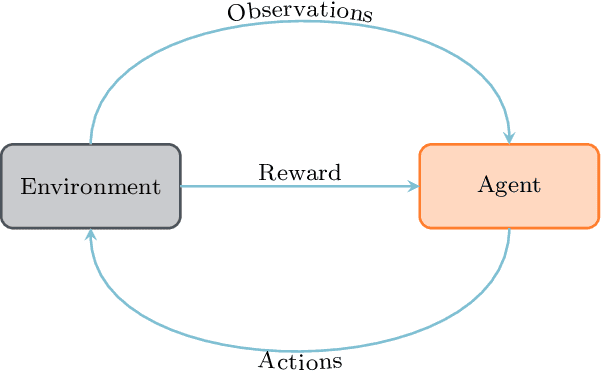


Abstract:Deep reinforcement learning (DRL) has recently been adopted in a wide range of physics and engineering domains for its ability to solve decision-making problems that were previously out of reach due to a combination of non-linearity and high dimensionality. In the last few years, it has spread in the field of computational mechanics, and particularly in fluid dynamics, with recent applications in flow control and shape optimization. In this work, we conduct a detailed review of existing DRL applications to fluid mechanics problems. In addition, we present recent results that further illustrate the potential of DRL in Fluid Mechanics. The coupling methods used in each case are covered, detailing their advantages and limitations. Our review also focuses on the comparison with classical methods for optimal control and optimization. Finally, several test cases are described that illustrate recent progress made in this field. The goal of this publication is to provide an understanding of DRL capabilities along with state-of-the-art applications in fluid dynamics to researchers wishing to address new problems with these methods.
 Add to Chrome
Add to Chrome Add to Firefox
Add to Firefox Add to Edge
Add to Edge